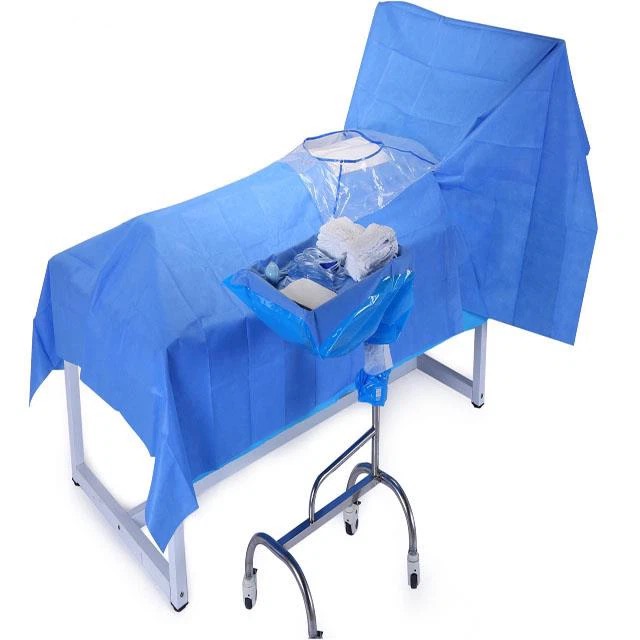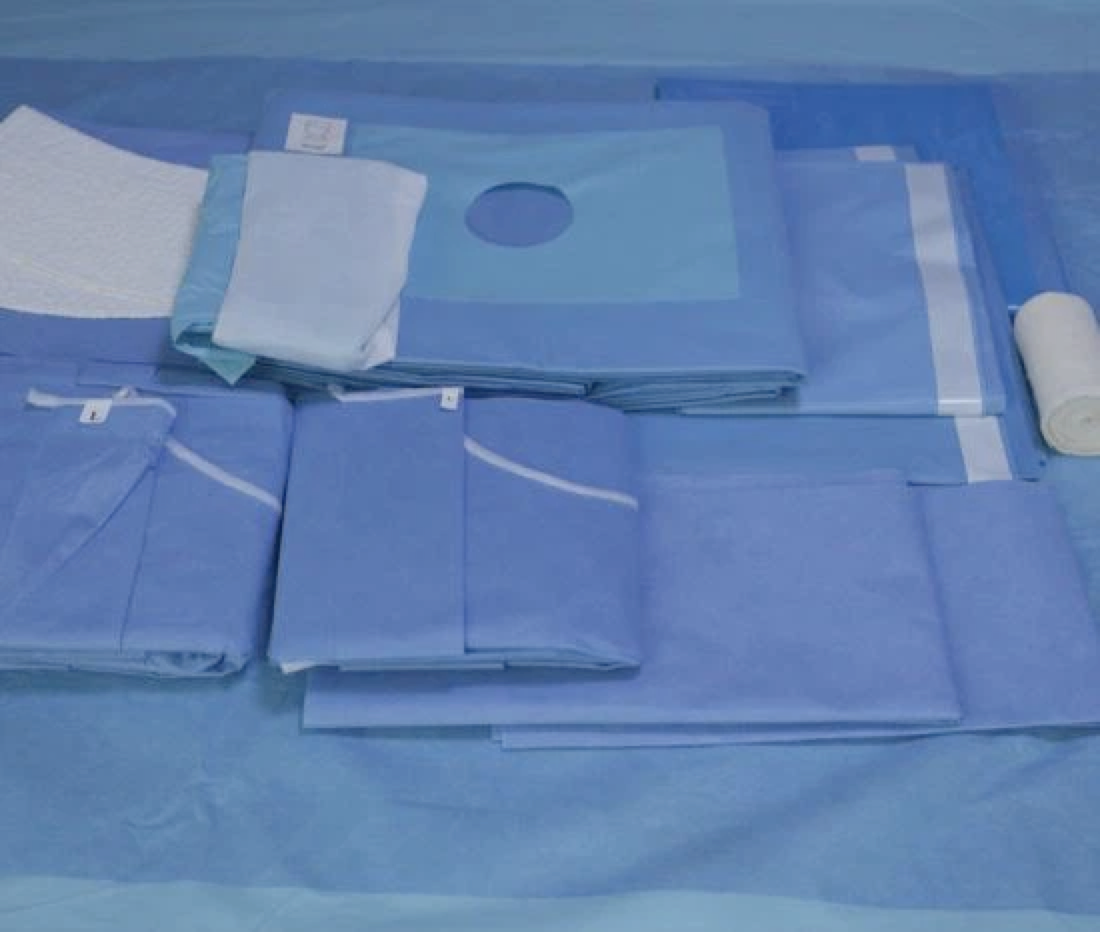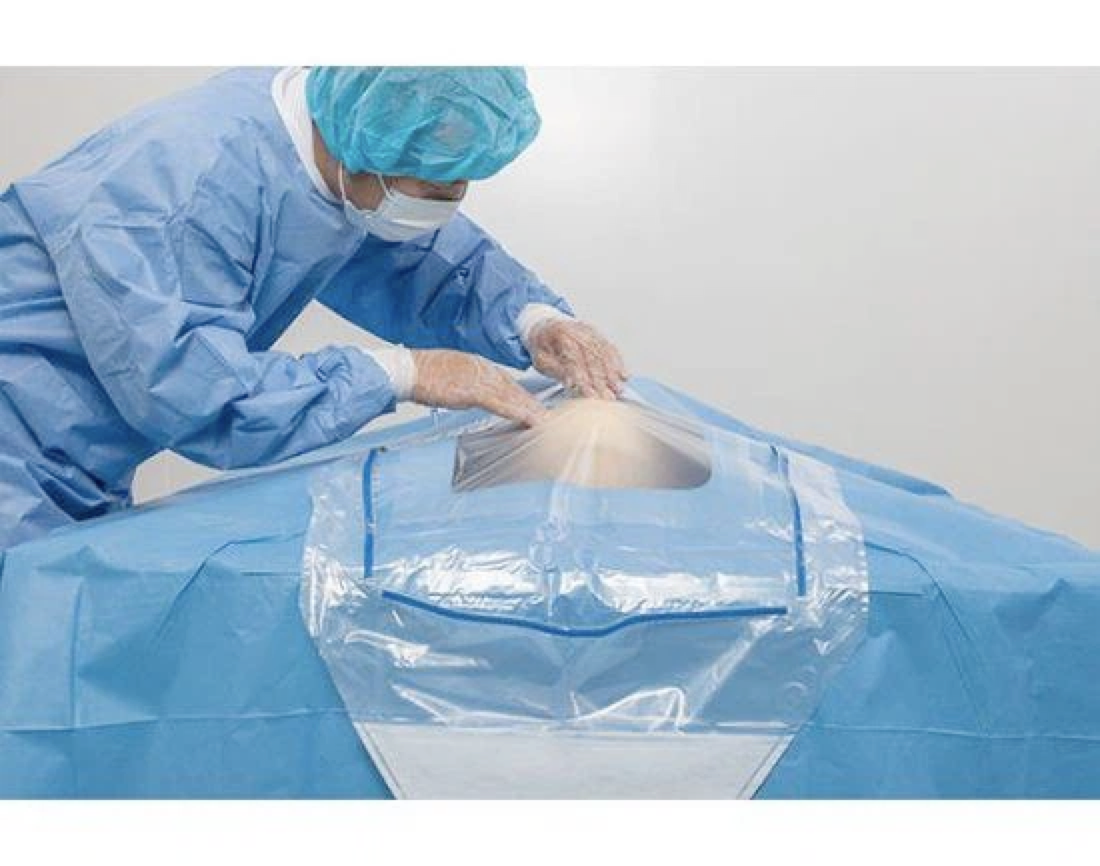When describing surgical smoke safety, I have heard the term "local exhaust ventilation". What does this term mean?
OSHA defines Local Exhaust Ventilation (LEV) as "a system designed to capture emitted contaminants at or near the source before they can spread into the air of the workplace".
The term LEV, when used in the context of surgical smoke safety in healthcare environments, refers to the use of systems to capture surgical smoke close to the site where it is generated (e.g., the surgical site) before it spreads into the air and healthcare worker exposure occurs. Local exhaust ventilation for surgical smoke may include a medical surgical suction device using an inline filter (for inhaling small amounts of surgical smoke) or a portable surgical smoke evacuator with appropriate accessories (to capture surgical smoke near the surgical site and filter it to prevent healthcare worker exposure)
Some healthcare facilities may also use another type of LEV that captures surgical smoke close to the surgical site: connects to a dedicated centralised surgical smoke evacuation system: vents the smoke outside the building. These in-built LEV smoke evacuation systems are stand-alone systems, distinct from anaesthetic exhaust removal systems.
The National Institute for Occupational Health and Safety (NIOSH) illustrates how engineering control strategies can be incorporated into the hierarchy of controls as a physical change in the workplace environment to minimise exposure by isolating hazards and preventing exposure: these controls should follow the Elimination and Replacement Strategy.The AORN "Guidelines for Surgical Smoke Safety" describes how the AORN "Guidelines for Surgical Smoke Safety" describes the following for surgical environments The AORN "Surgical Smoke Safety Guide" describes how LEV (i.e., Surgical Smoke Evacuation) can be applied at the control level as a type of engineering control to help medical staff avoid exposure to surgical smoke.
The literature on basic hazard control:Smoke Control in Laser/Electrosurgery [HC11] details the practice of controlling surgical smoke in the surgical environment and explicitly describes LEVs, including surgical smoke evacuators and operating theatre suction systems (medical surgical suction). Surgical smoke evacuators are typically more effective at capturing surgical smoke because of the lower suction flow rates of medical surgical suction systems compared to medical surgical suction systems. The surgical team should place the capture device attachment as close as possible to the surgical site where the surgical smoke is generated without loss of tissue and should be adjusted as needed to maximise the capture of surgical smoke.





